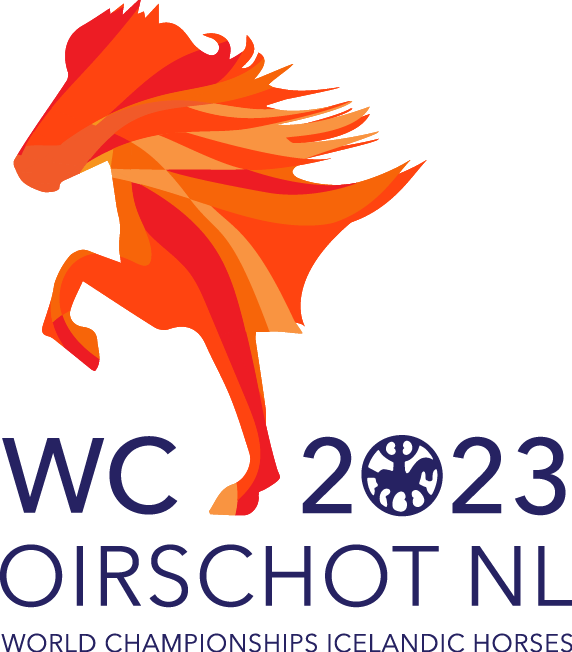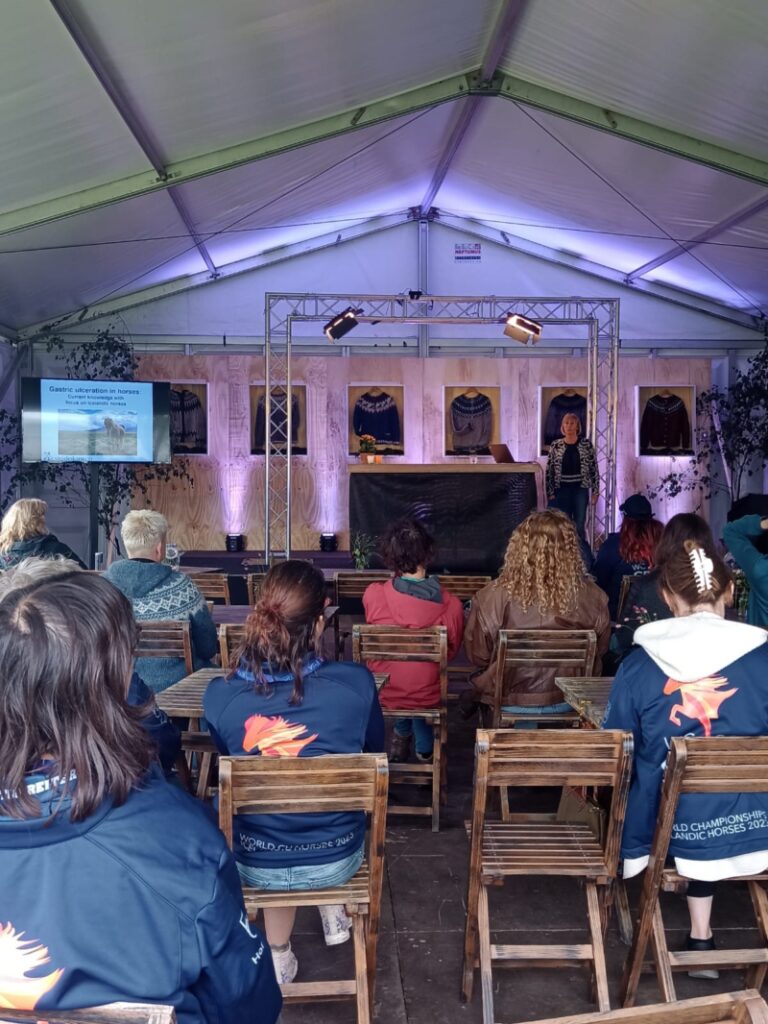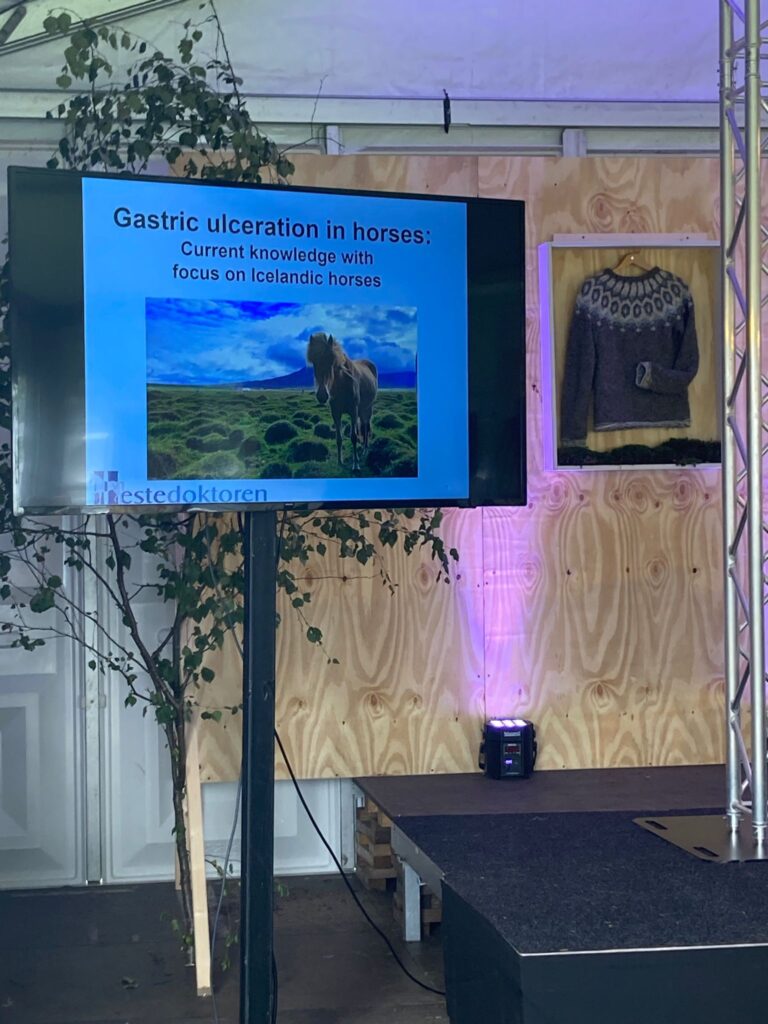House of Education: gastric ulcers in Icelandic horses by Nanna Luthersson
On Tuesday Nanna Luthersson presented the findings of her research concerning gastric ulcers in Icelandic horses. According to her, Icelandic horses are a bigger challenge to read than other breeds, because they are more stoic and will not easily show any discomfort. Where other horses will show resistance when girding, are not willing to move or show negative behaviour and problems when eating, Icelandic horses will only stop eating when it’s almost too late to help them.
The main risk factor for gastric ulcers seems to be nutrition; whether it is the amount or the interval, like no food for more than 5 hours.
Many studies focus on thoroughbreds were a staggering 80% suffer from ulcers as stress and workload (working/training for more than 4 days a week) seem to be important risk factors. But studies on the Icelandic horse were hardly available as the scope equipment, needed for research, is very expensive and not even available until recently.
Nanna, an equine veterinarian, supervised a study in Iceland about the prevalence of gastric ulcers in young Icelandic horses, which showed that on average almost half of the horses in the research were suffering from ulcers. Not just the domestic horses but surprisingly also the feral ones living outside year-round. When these feral young horses were examined after 8 weeks of training the ulcers dropped significantly. Especially with the ones living in a stable instead of outside. The difference with their roaming days as feral horses was that they got fed on a regular basis and were given shelter. Conclusion is that the amount of forage (>1,5% of the horses’ body weight, on average 6 kg) and the feeding times (>3 at least) was beneficial. Being in a stable also helped: being outside in rain stopped horses from eating as they preferred to stand with their hind towards the wind.



